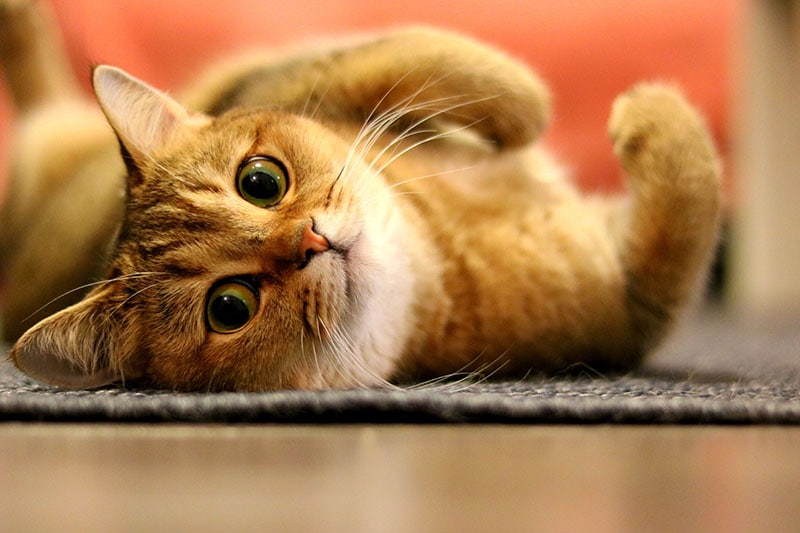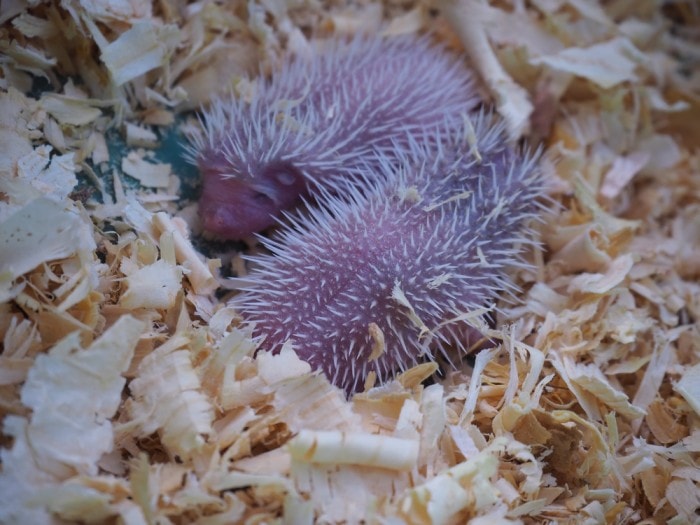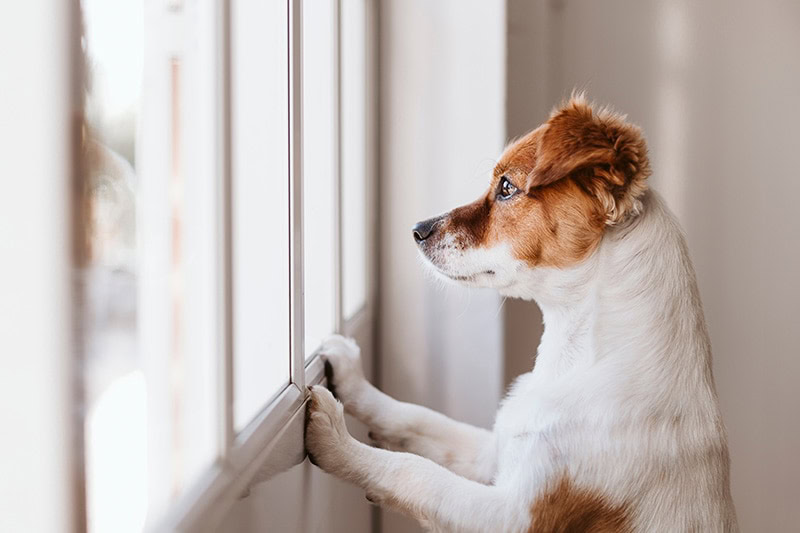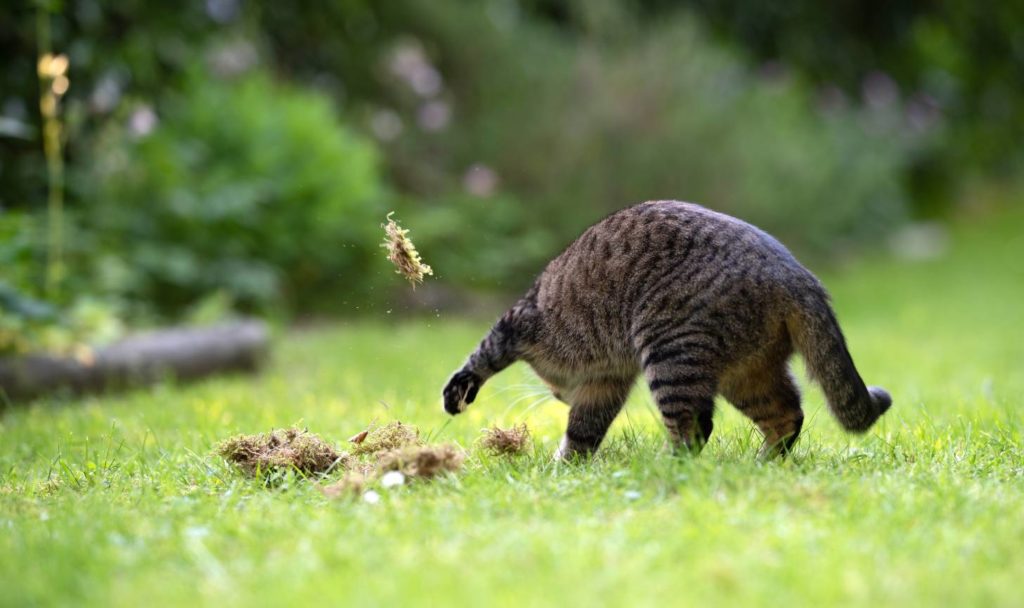Cats are flexible, funny creatures. If you’ve ever caught your cat sitting in a strange position, you wouldn’t be the first cat owner to do so. Cat videos show cats love sleeping in boxes, sinks, and even on animals or people. But why might a cat curl their paws? Just like most behaviors cats display, there are many possible reasons.
In this article, we will talk about eight typical reasons that cats may curl their paws. The next time you spot your cat curling their paws, pay attention to their body language or the environment to help you determine why that may be the case.

The 8 Reasons Why Cats Curl Their Paws
1. They Are Relaxing
Cats love to nap. When your cat sits with their paws curled, it could be a sign that they’re settling down to doze or relax. This position can be comparable to humans crossing their legs when they sit down and relax.
If your cat feels safe in their environment, you may notice them curling their paws to settle down. This can be a comfortable position for cats. However, if you see your cat constantly curling and then stretching their paws, it could be a sign that their paws are causing discomfort instead.
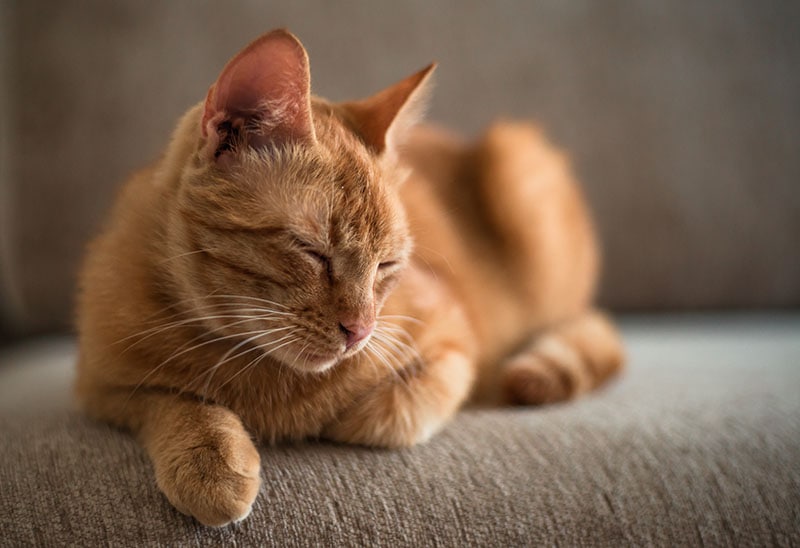
2. They Want to Conserve Body Heat
When trying to assess your cat’s behavior, consider the environment. If the temperature is changing, it is bound to cause different behaviors. For instance, a cat may be less likely to curl their paws in warmer weather. But in cold weather, they may curl their paws often to conserve body heat.
If you notice your cat displaying other cold behaviors, you may want to find ways to help them warm up. Cat beds with bolstered edges can help your cat retain body heat while sleeping. If you are willing to spend a little extra, you can also purchase a self-heating bed or mat.
3. They Need Some Alone Time
Although cats are social creatures, they are also notoriously independent at times. Therefore, there may be times when they need to be left alone. When your cat curls their paws, pay attention to their attitude and body language. If they appear disinterested or irritated with you, there is a chance that they need alone time. It’s best to give them space until they seek you out later.
If your cat is typically extroverted and playful, you may feel concerned by the apparent aloof attitude. No need to worry—this is perfectly normal, even in the most social of cats. Of course, if you are worried, there is no harm in taking your cat to the vet clinic for an impromptu checkup.
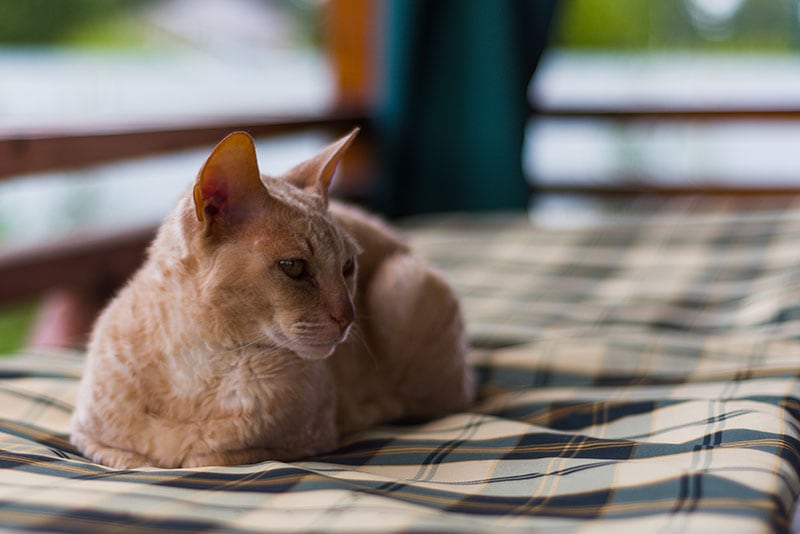
4. They Don’t Want to Be Touched
Your cat may be curling their paws because they don’t want to be touched. This is also normal behavior in cats, so it shouldn’t be anything to worry about. However, if your cat frequently curls their paws to avoid being touched, you should watch out for any signs that they’re in pain1.
If your cat doesn’t want to be touched, you may notice that he appears irritated when you touch him. His tail may swish, and he may even try to bite. It’s best to give your cat space when he nonverbally asks for it.
5. They Are Being Vigilant
No matter how safe your cat’s environment is, they will still practice vigilance. Cats in the wild need to be constantly alert for prey and predators. Your domestic cat, whether an indoor cat or an outdoor cat, will retain these instincts.
Curling their paws allows your cat to relax while remaining alert. Your cat can easily move out of this position to adopt a more vigilant pose.
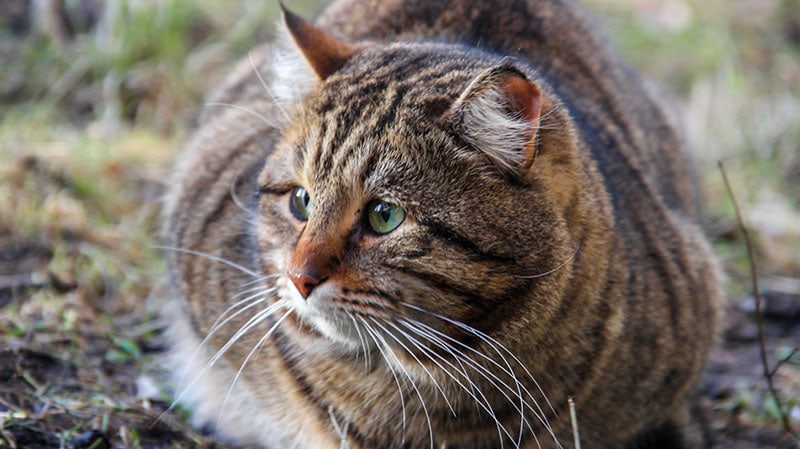
6. They’re Dealing with Discomfort
As mentioned a few times, pain may be why your cat is curling their paws. It can be difficult to spot pain in cats because they instinctively hide their discomfort. To rule out the possibility of pain, you must pay close attention to your cat’s behavior. Cats in pain may display other uncharacteristic behaviors, such as becoming aggressive when they are generally friendly.
If you notice any other signs of pain, you should contact a vet to determine the cause of his discomfort.
7. They’re Adjusting to a New Environment
If you have just moved to a new home or adjusted your home’s layout, your cat may be struggling to adapt. Cats notoriously love routine and familiarity, so accepting change can be difficult. If your cat is curling their paws, they may be doing so to remain vigilant in their unfamiliar environment.
Pay attention to your cat as they try to adapt. Eventually, they should stop curling their paws and start exploring the new environment, gradually growing more comfortable with their surroundings. If they cannot relax, try helping them grow comfortable with toys and playtime.
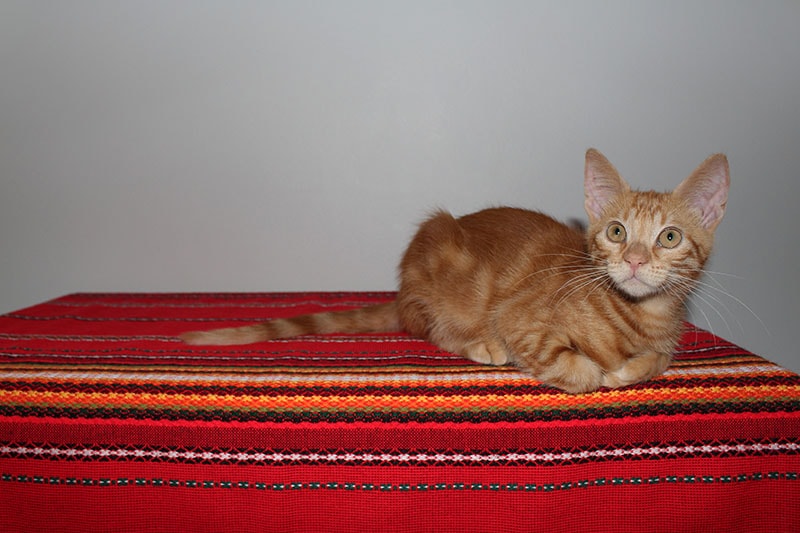
8. It’s Just a Habit
When it comes down to it, your cat may be curling their paws just because it’s a habit. Curling paws are not uncommon among cats, so there’s a good chance that this position is simply something your cat enjoys. If you notice that your cat curls their paws often, it may be one of their favorite positions to relax.
As long as your cat does not appear distressed or in pain, there likely isn’t any reason to be concerned with their curled paws.

To Know What Your Cat Is Feeling, Pay Attention to the Tail
Even knowing why your cat may be curling their paws, it can still be difficult to tell why they are doing so. If only you could understand your cat, you could ask them directly. While you can’t communicate verbally with your cat, you can do the next best thing: observe non-verbal communication.
Cats communicate with us effectively through body language. As a cat owner, you will need to learn how to decipher your cat’s non-verbal communication so you can know what they are trying to express. Your cat’s tail will tell you almost everything you need to know. Their tail’s position and movements can help you determine what your cat wants to say.
Wrapped Tail
If your cat wraps their tail around other people, it’s their way of showing affection and love. It is also a sign that they are looking for attention and affection. Feel free to give your kitty plenty of pets!
If your cat is wrapping their tail around them, it may be a sign that they want to be left alone.
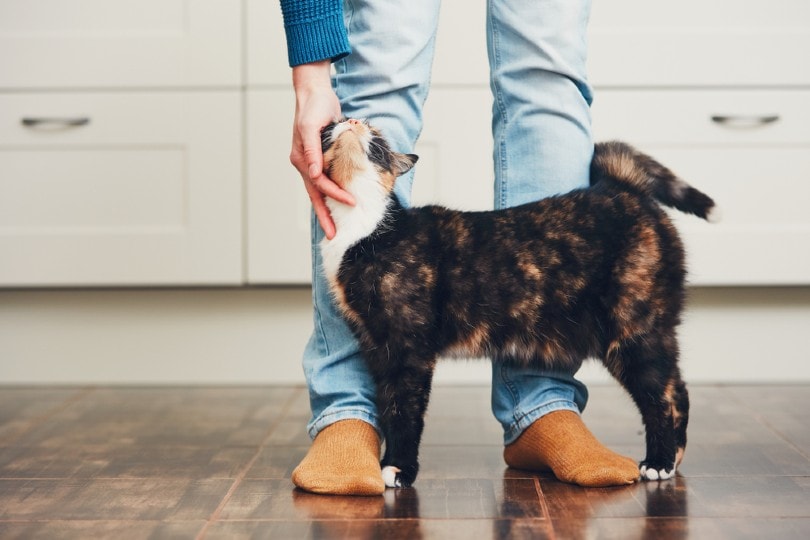
Loose Tail or Tucked Tail
If your cat’s tail is loose (horizontal), they are likely relaxed or neutral. On the other hand, a tucked or lowered tail may suggest that they are feeling anxious, stressed, or otherwise tense. This is especially true if your cat’s tail is tucked beneath their body.
Upright Tail
A tail that is held high can indicate that your cat is feeling upbeat, energetic, or confident. Cats with upright tails are more likely to be social and eager to engage with others. If your cat flicks the upper tip of his tail, it may be an invitation for you to play with or pet them.
Arched Tail or Puffed Tail
If your cat’s tail is arched or puffed, give them some space. This is a sign that your cat feels threatened and may respond aggressively. If something agitates your cat, try removing it from their environment. Your cat should gradually calm down after some space away from the stressor.

Wagging Tail
When dogs wag their tails, this often means they’re happy. In cats, that is not the case.
A cat will wag or lash their tail when distressed or agitated. It is your cat’s way of warning you or others away, or your cat may become aggressive. If you spot a lashing tail, stay away!

Final Thoughts
If your cat curls their paws, it is generally not a cause for concern. This is typical behavior if they’re not displaying any other concerning behaviors. The best way to determine why your cat is curling their paws is to observe their body language, particularly with their tail. Once you can read your cat’s non-verbal communication, you can decipher other behaviors they display in the future.
Featured Image Credit: aesthetica, Shutterstock
Contents
- The 8 Reasons Why Cats Curl Their Paws
- 1. They Are Relaxing
- 2. They Want to Conserve Body Heat
- 3. They Need Some Alone Time
- 4. They Don’t Want to Be Touched
- 5. They Are Being Vigilant
- 6. They’re Dealing with Discomfort
- 7. They’re Adjusting to a New Environment
- 8. It’s Just a Habit
- To Know What Your Cat Is Feeling, Pay Attention to the Tail
- Final Thoughts
